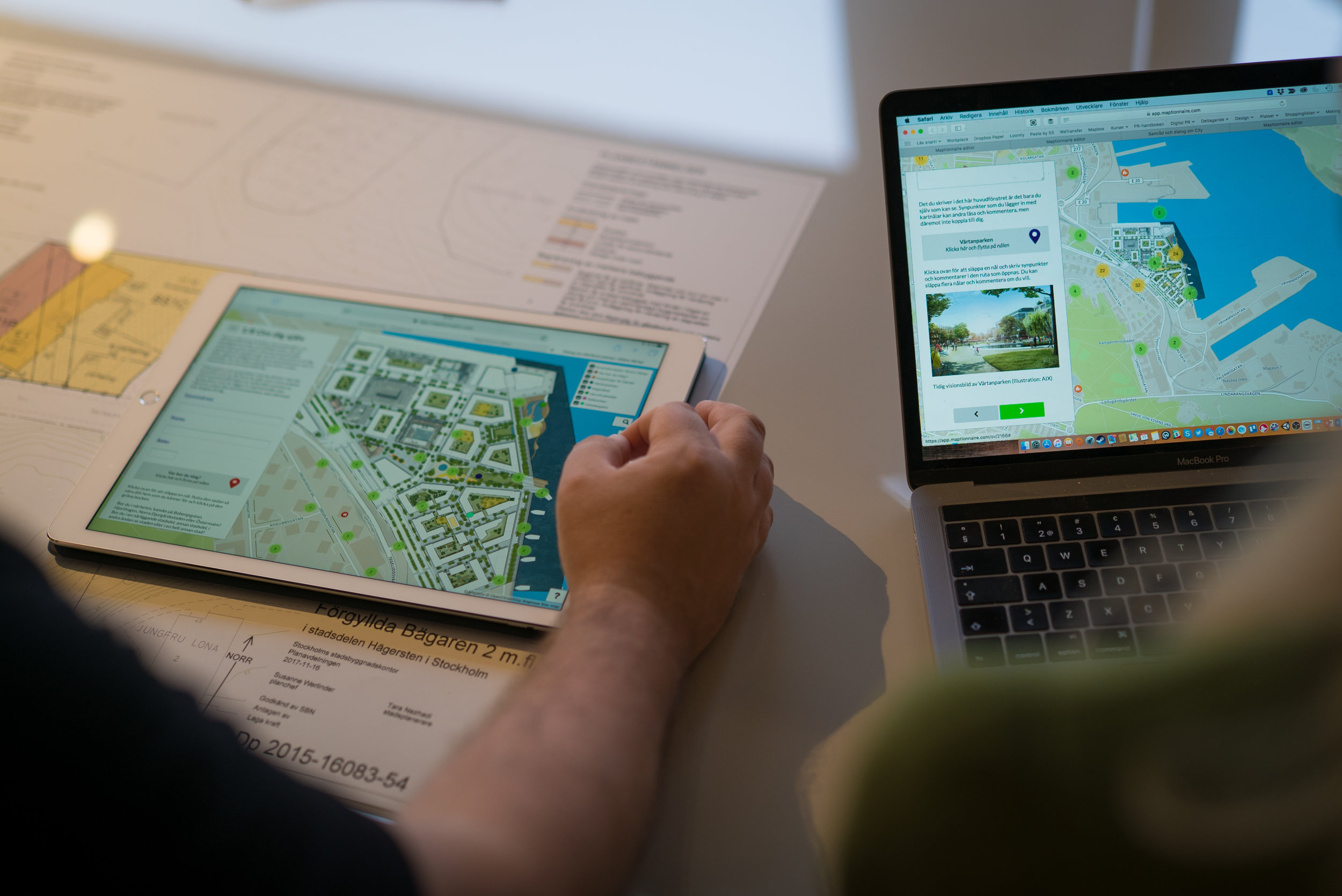Adding artificial structures in harbors and the urbanization of coastal areas can have significant ecological consequences, degrading natural habitats and intensifying the distribution and spread of non-indigenous species.
The Sydney Institute of Marine Science (SIMS) has initiated a global research initiative, the World Harbour Project, to examine the state of urban port areas and to help make those areas more ecologically sustainable with the methods most appropriate for the environment and local communities.
Eco-Engineering Meets Public Engagement
The researchers are investigating, among other goals, the capacity of eco-engineering techniques to restore natural ecosystems disturbed by marine artificial structures within the coastal environment. The results will help future engineers design structures that better support the provision of habitats hospitable to native species.
An important part of the work is to assess people’s attitudes and perceptions regarding ecological engineering. Since harbors are also an inextricable part of the city’s fabric, the researchers could not leave local communities out of efforts for finding outcomes desirable to the marine environment. To be truly sustainable, any solutions also need to be acceptable for residents.
Residents’ Feedback Turned into Data
To engage the public in the process, the researchers felt it was important to make use of a visually-appealing tool with which people could point out their areas of concern, including any areas in which they would support an application of ecological engineering. Maptionnaire allowed them to do this.
We chose Maptionnaire above many other mapping exercise tools/software because it appeared user friendly, an accompanying manual was easy to understand and more importantly, the public as non-scientists could easily follow the mapping instructions we made on our map.
Sarah Kienker, Sydney Institute of Marine Science
With Maptionnaire, the research team designed a series of questionnaires that asked citizens to add as many pollution points as they wished in select harbor areas, and to explain why each of those areas concerned them in their harbor. The results have helped to identify the most polluted sites in each port area and will ultimately be used in participatory planning processes to support ecological engineering efforts to make them more sustainable.






.webp)















































